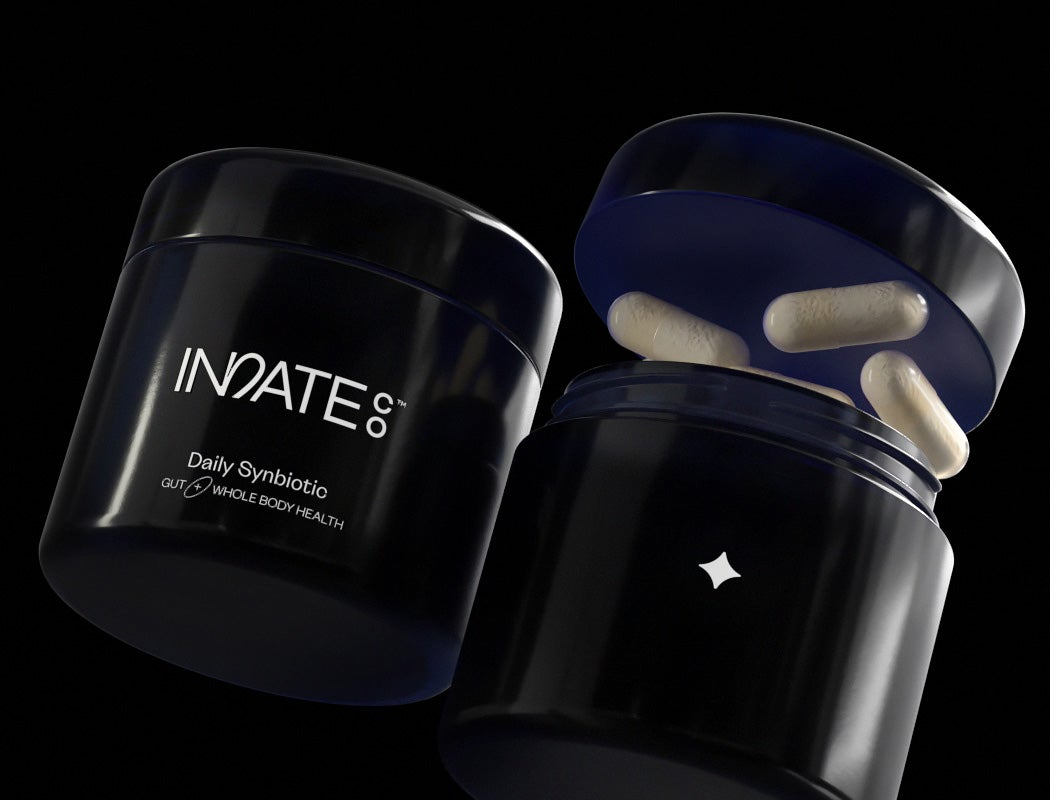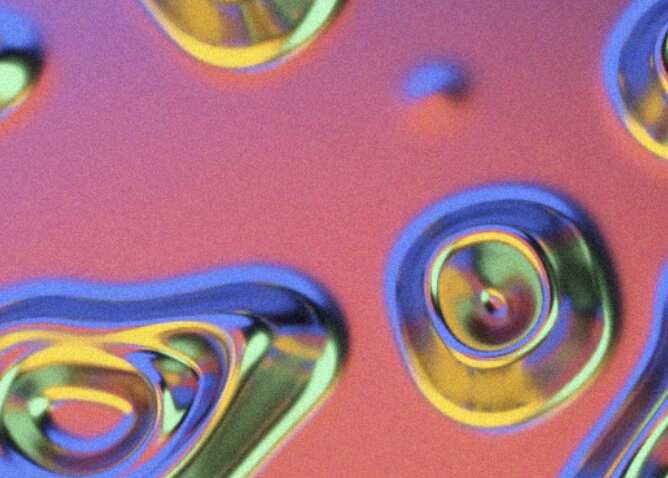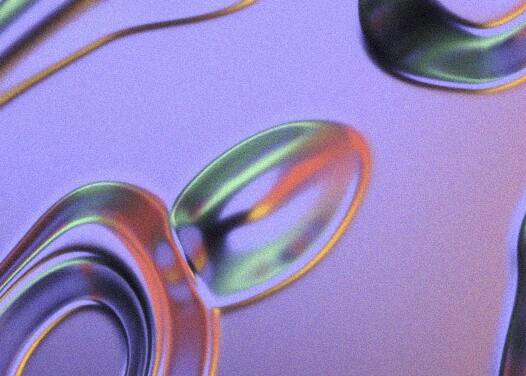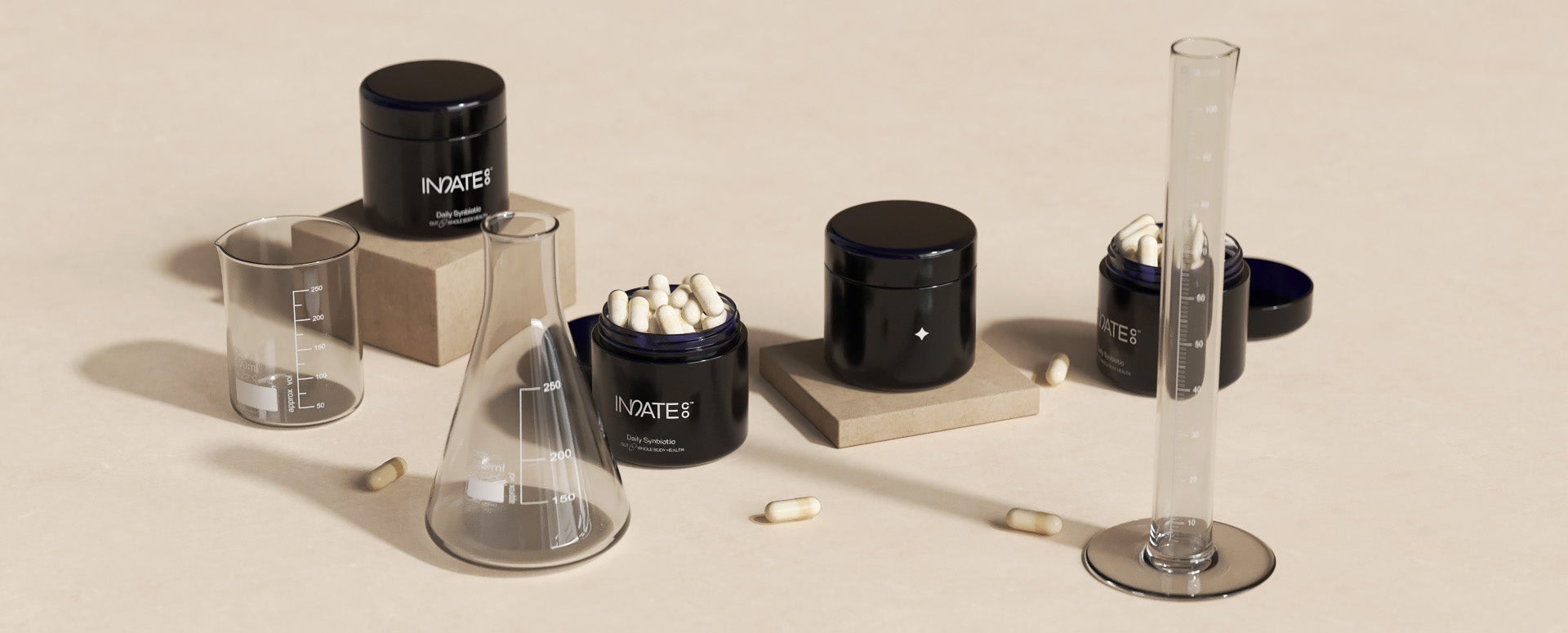For every human on earth, there is around 1 sextillion bacteria.
Bacteria are single-celled microorganisms that do some of the most important tasks in nature. Bacteria and yeast are the most primitive forms of life we know.
Their cell walls keep all kinds of organelles protected from the outside, so that they can produce enzymes, proteins, fatty acids and other molecules.
A jungle of variety.
There are trillions of species of bacteria, each species with slightly different genetic code and therefore with slightly different properties than the other.
Most bacterial species are harmless and live in or on the body, going after their business. These are called commensal.
Many, however, are beneficial to you, as they fight off bad bacteria strains, prodice vitamins, beneficial fatty acids and make food bioavailable.
50% human, 50% bacteria.
Bacteria live on every inch of the body that is exposed to the outside world. The lung, the gut and you skin host thriving ecosystems of thousands of bacterial species.
Altogether, there are around 3-5 pounds of microorganisms in and on your body. If you count human cells and bacterial cells in your body, you will find you are 1.3 parts bacteria, and 1 part human.
Seeding your health.
The moment you are born, you are introduced to the wonderful world of bacteria. You get exposed to your mothers vaginal and skin microbiome, which provides you with a protecting cocoon.
This mechanism is called "seeding", and can even determine your health for your future life. Although some studies dispute this, there seems to be a strong connection between receiving a natural vaginal birth versus a C-section and things like allergies and obesity later in life, all of which are related to your microbiome.
Once you're on your mothers chest, skin-to-skin transmission adds to you thriving ecosystem on your skin.
Your Microbiome shapes you as a human.
In these early days of your life, the microbes that colonise your gut provide training for your immune system, synthesis of nutrients and many other functions.
Over time, your immune system learns who is friend and who is foe. The more exposure, the better the training.
Kids that grew up in nature, exposed to many good and bad microbes, have a more balanced and well-trained immune system.
Eventually, after some years, you microbiome finds a balance, stabilising into what is called the steady-state microbiome, resembling more or less what you have today.
You are what your microbes eat.
Over time, environmental factors such as diet, alcohol, antibiotics, pesticides, environmental pollution, and many others can have a negative impact on your microbiome.
The once stable balance of your delicate microbial ecosystem can be disrupted, leading to a host of issues ranging from bad digestion to liver disease to depression.
A well-functioning microbiome is so influential in your body, that once it's out of balance, it can have a serious impact on your quality of life.
Back to the roots.
Rebalancing your gut-biome in no easy feat, but there are several things that have been shown to have an impact. A change in diet can be the main factor in rebalancing your biome. Fibre-rich foods, healthy fats and polyphenols from fruits and vegetables have all shown to support the growth of beneficial bacteria, thus reducing the prevalence of harmful ones and rebalancing the biome.
Naturally fermented foods, such as sauerkraut, kimchi and natto contain a plethora of beneficial bacterial strains that can support and rebalance. And of course, live cultures in the form of a supplement.
What live cultures can do, and what they can't.
Live cultures, or active microorganisms are specially selected, studied, grown and purified species of live bacteria can be ingested and may have health benefits.
A common misconception is that these bacteria colonise your gut. They rarelydo. Usually, they will travel through your gut where they interact with other microbes and with human cells to prompt their health benefits.
When they do, studies have shown they can rebalance an out of balance microbiome, support immunity, reduce inflammation, synthesise vitamins and many more. Or as we call it, microscopic magic.





